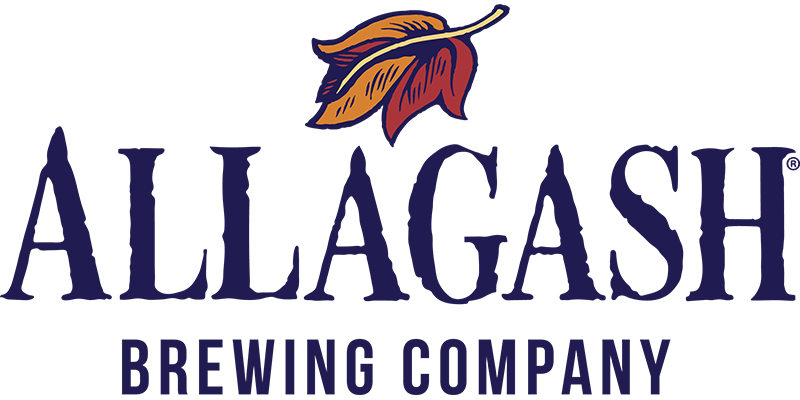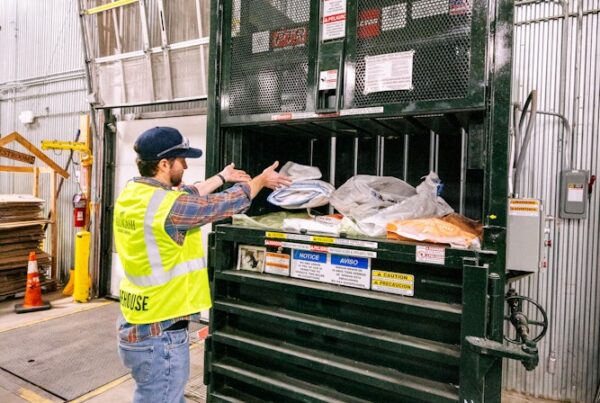Back in 2016 our founder, Rob, decided to make a pledge: by 2021, we’d be brewing with one million pounds of Maine-grown and -processed grain, per year. And on December 1st of 2021, we brewed with 1,093,526 pounds of local grain that year alone.
To put it lightly, that accomplishment took teamwork. Because, back in 2016 when we made the pledge, we were only brewing with around 65,000 pounds of locally grown grain per year. So how did we do it?
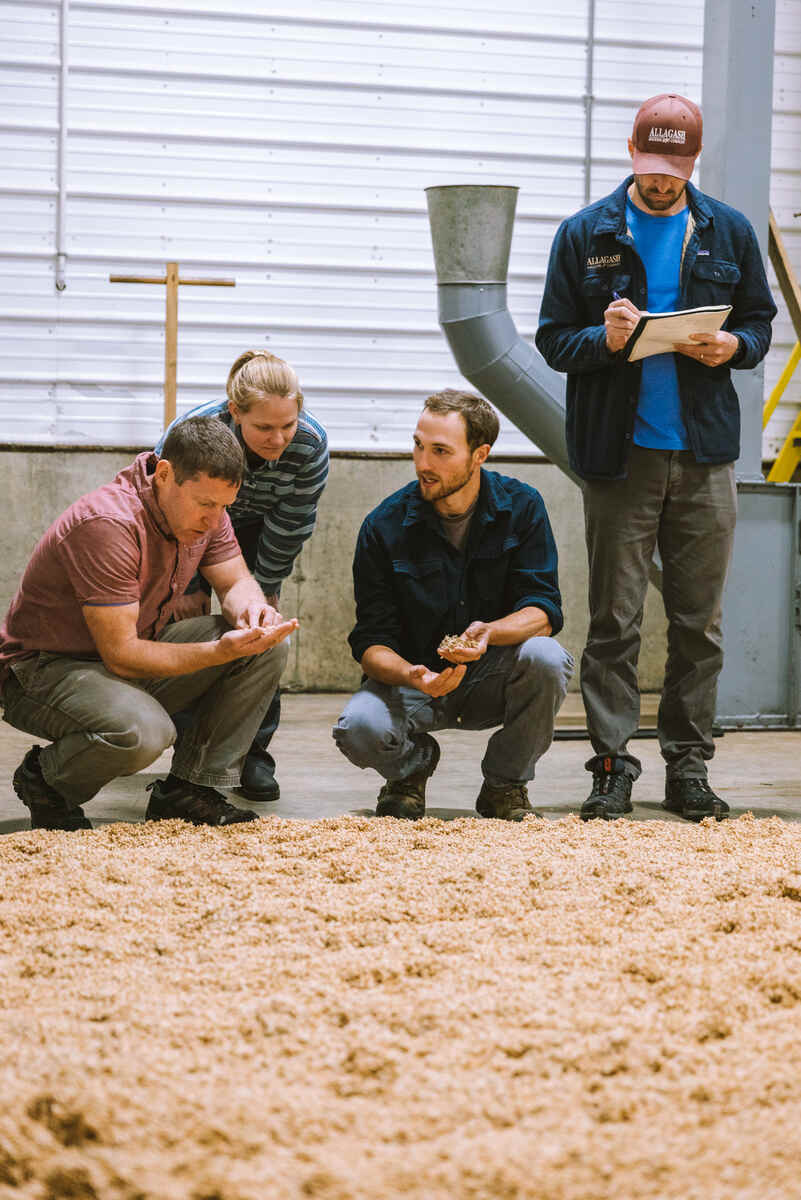
Working with friends
Without the collaboration of farmer partners at Maine Malt House, Aurora Mills & Farm, Blue Ox Malt House, and Maine Grains sourcing that much grain in our home state wouldn’t have been possible. In fact, back in 2016, even if we had wanted to buy 1 million pounds of Maine-grown grain right there and then, we couldn’t have. The supply just wasn’t there.
So we worked together. We chatted and collaborated to forecast what we’d likely need, so the farmers could look ahead and think about what to plant, or what to source, and so we could plan out what we’d need to brew.
This also allowed our farmer and maltster partners to invest in the infrastructure they’d need to grow their operations. Meaning, things like additional silos for storage, automated malting systems, or simply a different allocation of which fields they dedicated to which crop. The result: we steadily grew our usage of Maine grains year over year.
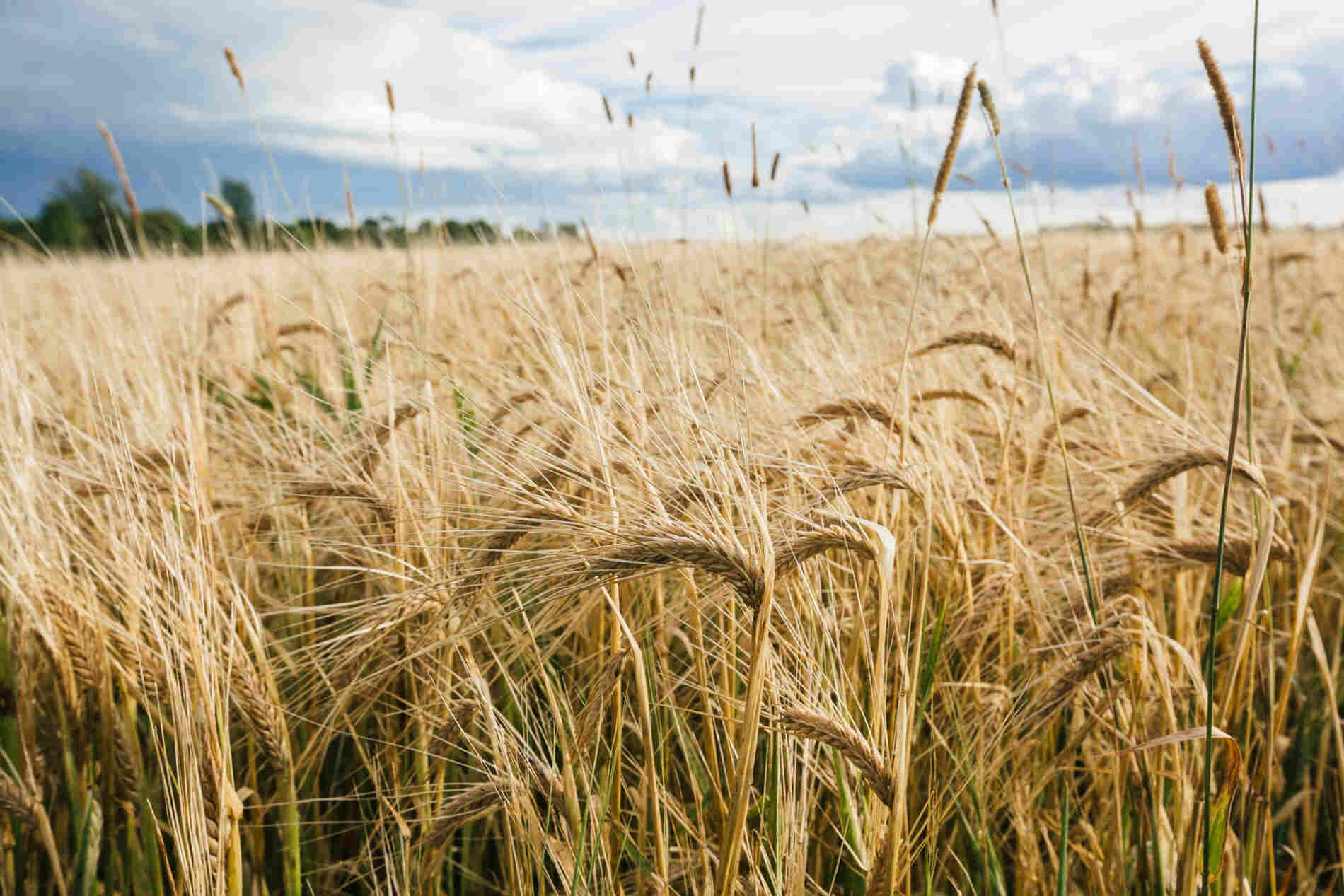
Re-Writing our Recipes
In the large-scale production of beer, even a slight change to a brewing process can yield a big change in the resulting beer. But to brew with more Maine-grown grain, that meant that we had to add more Maine-grown grain to existing beer recipes, like Allagash White, our flagship beer.
How did we go about doing that? Deliberately. By running pilot batches and trials of different local grains, we were able to ensure that our existing beers wouldn’t change in the slightest if we used local 2-row barley, or local wheat, versus one that we sourced from a producer in the midwest. And with trials and our team of dedicated quality specialists, we were able to continually increase our usage of local grain in our core beers, with no tangible changes to the beer’s quality, or shelf life.
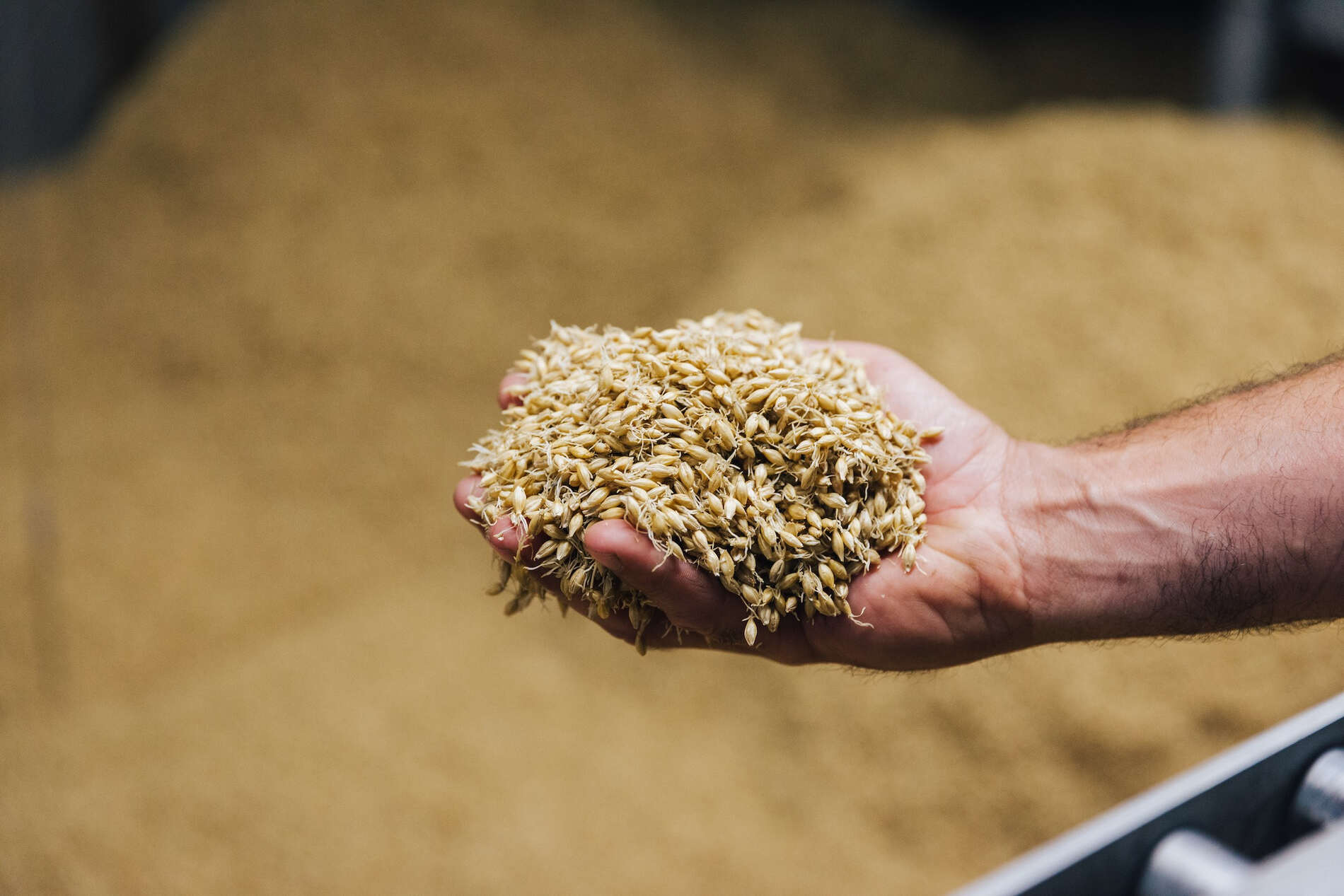
The Timeline To 1 Million
With that teamwork and diligent internal research on our side, we set to work increasing our amounts. And, as you’ll see from the timeline below, we were able to make significant jumps each year.
- 2016 – 65,000 lbs
- 2017 – 140,000 lb
- 2018 – 330,000 lbs
- 2019 – 650,000 lbs
- 2020 – 728,000 lbs
- 2021 – 1,090,000 lbs
- 2022 – 1,505,000 lbs
- 2023 – 1,895,000 lbs
That’s right. We were able to up our usage of local grain by nearly half again in 2022 (another point of pride is that even during 2020, a difficult year for the sale and production of beer, we kept to our growth goals). And, to be honest, one million pounds was an ambitious, yet arbitrary, number. We always planned to go higher, and to make it so that as our usage of grain in general grew, we’d be constantly pushing to use more locally sourced ingredients.
And the coolest part: other breweries are joining in. Breweries around Maine, and in New England in general, are taking advantage of the wider availability of Maine grain. It’s a story that we’re proud to be a part of, and look forward to see where it leads us, and our farmer friends, in the future!
